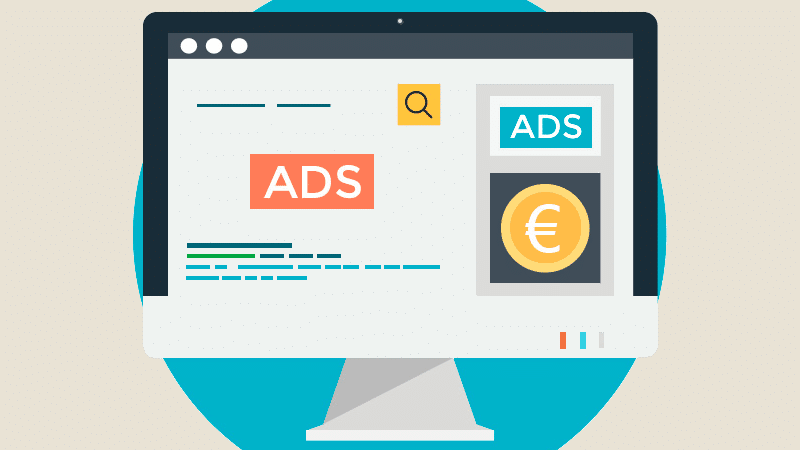The Significance of Website Design: Why It Matters for Your Business

Introduction
Website design is a critical component of any business's online presence. It serves as the digital storefront that customers interact with, forming their first impressions of your brand. But why is website design so important? This article will explore the key reasons, its impact on user experience, and how it directly influences your business's success.
Why Website Design Matters
1. First Impressions Are Lasting
Your website is often the first point of contact between your brand and potential customers. A well-designed website reflects professionalism, trustworthiness, and credibility. Conversely, a poorly designed site can drive visitors away, losing potential sales and tarnishing your brand image.
2. Enhances User Experience (UX)
A user-friendly website ensures that visitors can navigate effortlessly, find information quickly, and engage with your content seamlessly. Key UX principles in design, such as intuitive navigation and mobile responsiveness, keep users engaged and reduce bounce rates.
3. Impacts Search Engine Optimization (SEO)
Website design and SEO go hand in hand. Factors like page speed, mobile-friendliness, and proper coding practices influence how search engines rank your website. An optimized design improves your visibility, driving more organic traffic.
4. Builds Brand Identity
Your website design communicates your brand’s identity, values, and uniqueness. Consistency in colors, fonts, and visual elements across the site strengthens brand recognition and creates a memorable experience for visitors.
5. Encourages Engagement and Conversions
A visually appealing design, clear call-to-action (CTA) buttons, and well-placed content guide users towards desired actions, such as making a purchase or filling out a contact form. An effective design boosts conversion rates and directly contributes to business growth.
6. Keeps You Competitive
In today’s digital-first world, businesses with modern, innovative designs stand out from the competition. An outdated or generic design can make your brand appear irrelevant, while a dynamic and creative website attracts and retains customers.
Key Elements of Good Website Design
1. Responsiveness
Your website should adapt to different devices and screen sizes. With mobile users accounting for a significant portion of web traffic, responsive design is a non-negotiable feature.
2. Speed and Performance
Fast-loading websites provide a better user experience and improve SEO rankings. Optimize images, use efficient coding, and choose reliable hosting services to ensure speed and reliability.
3. Simplicity and Clarity
Overly complex designs can overwhelm users. A clean, minimalistic layout with easy navigation enhances usability and ensures visitors focus on your content.
4. Visual Appeal
Use high-quality images, videos, and graphics to make your website visually appealing. However, ensure the design complements your brand and does not distract from the message.
5. Accessibility
Ensure your website is accessible to all users, including those with disabilities. Features like alt text for images, readable fonts, and keyboard-friendly navigation make your site more inclusive.
The Business Impact of Effective Website Design
A well-designed website delivers tangible business benefits, including:
- Increased Traffic: A visually appealing, SEO-friendly website attracts more visitors.
- Higher Conversion Rates: Clear CTAs and a smooth user experience lead to better conversion rates.
- Enhanced Customer Trust: A professional design builds credibility, encouraging users to trust your brand.
- Brand Growth: A strong online presence helps establish and grow your brand in a competitive marketplace.
Conclusion
Website design is more than just aesthetics—it’s a strategic investment that impacts user experience, SEO, branding, and overall business success. By focusing on creating a user-friendly, visually appealing, and functional website, you can elevate your brand, drive engagement, and achieve your business goals. Remember, your website is often the first impression your audience gets—make it count.




